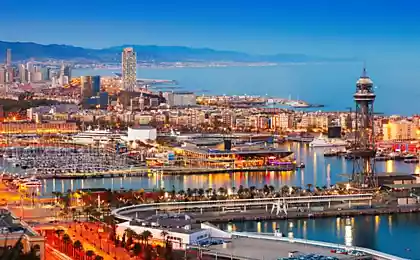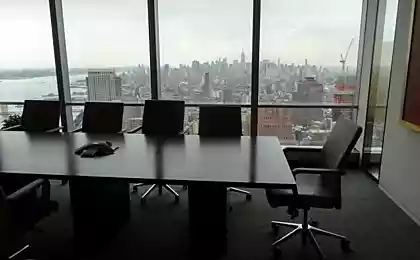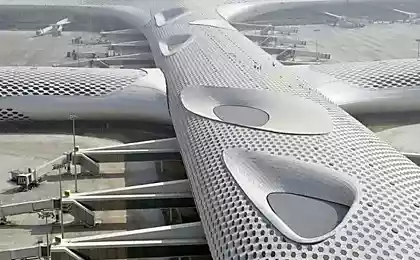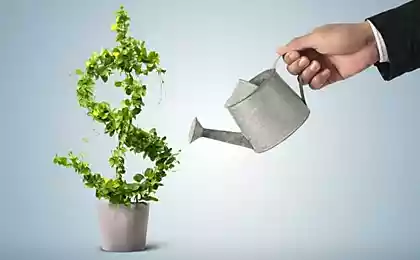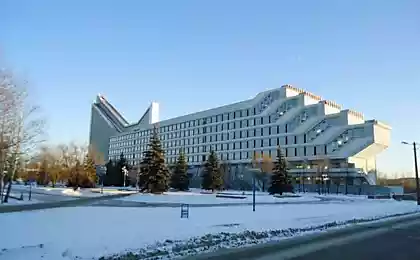428
The energy efficiency of buildings will strengthen the economy
Area efficient buildings provides great opportunities for economic growth and reducing impacts on the environment. Buildings are the largest greenhouse gas emissions. According to a study for UNEP entitled "towards a green economy," homes and businesses are responsible for 40 percent of climate change. There is considerable scope for improvement in new construction and upgrades in homes, offices, schools and other organizations.
In addition to environmental benefits, there are powerful economic incentives to increase efficiency. There are a wide range of new innovations that offer cost-effective opportunities for improvement.
The potential savings from efficiency are huge, especially when the partnership with high performance energy. Alliance Commission on national energy efficiency policy released a report which proposed a strategy to double U.S. energy productivity by 2030. The Commission is composed of diverse coalitions of energy, including energy sector participants, academia, industry and environmental groups.
Despite the fact that the US lags behind other countries in terms of efficiency, has achieved considerable success in recent years. As reported in Energy Manager research from Bloomberg New Energy Finance and business Council for sustainable energy sees significant progress in recent years. According to this study, technological innovations provide an opportunity to consume energy much more efficiently and with fewer emissions.
Since the 1980s years energy intensity has decreased by more than 40 percent. This is due to reduced consumption and higher efficiency of new buildings and improvements equipment and operations related to heating, ventilation and air conditioning in old buildings.
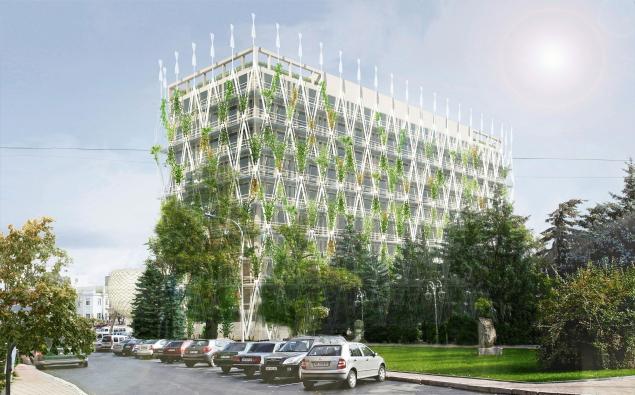
Currently, the deduction is $ 1.80 per square foot of buildings, to reduce energy consumption by 50 percent compared with the requirements contained in the 2004 version of ASHRAE Standard 90.1.5
The Department of energy is investing $ 9 million at high efficiency Windows and ventilation systems and air conditioning systems. In recent years, the energy information Administration expects energy consumption per capita will continue to decline by an additional 15 percent through 2040.
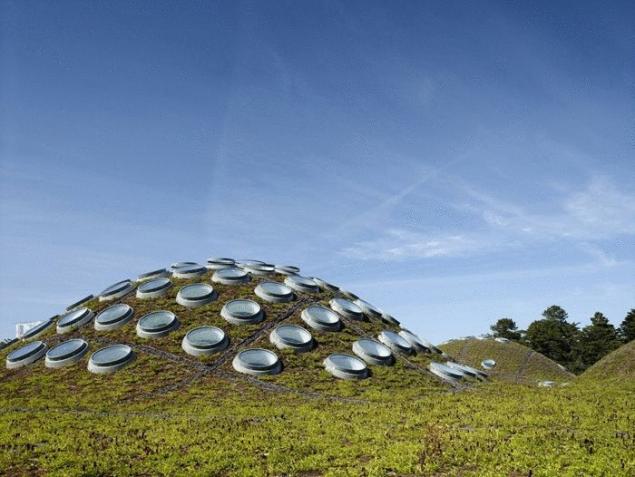
With the support of new funding mechanisms, trends in energy efficiency the building will continue to provide both economic and environmental benefits.
Source: alter-energetics.com/
In addition to environmental benefits, there are powerful economic incentives to increase efficiency. There are a wide range of new innovations that offer cost-effective opportunities for improvement.
The potential savings from efficiency are huge, especially when the partnership with high performance energy. Alliance Commission on national energy efficiency policy released a report which proposed a strategy to double U.S. energy productivity by 2030. The Commission is composed of diverse coalitions of energy, including energy sector participants, academia, industry and environmental groups.
Despite the fact that the US lags behind other countries in terms of efficiency, has achieved considerable success in recent years. As reported in Energy Manager research from Bloomberg New Energy Finance and business Council for sustainable energy sees significant progress in recent years. According to this study, technological innovations provide an opportunity to consume energy much more efficiently and with fewer emissions.
Since the 1980s years energy intensity has decreased by more than 40 percent. This is due to reduced consumption and higher efficiency of new buildings and improvements equipment and operations related to heating, ventilation and air conditioning in old buildings.

Currently, the deduction is $ 1.80 per square foot of buildings, to reduce energy consumption by 50 percent compared with the requirements contained in the 2004 version of ASHRAE Standard 90.1.5
The Department of energy is investing $ 9 million at high efficiency Windows and ventilation systems and air conditioning systems. In recent years, the energy information Administration expects energy consumption per capita will continue to decline by an additional 15 percent through 2040.

With the support of new funding mechanisms, trends in energy efficiency the building will continue to provide both economic and environmental benefits.
Source: alter-energetics.com/







